The allure of Spanish cuisine lies not just in its vibrant flavors but also in the textures that tell stories of tradition and technique. Among its many iconic dishes, paella stands out—a symphony of saffron-infused rice, seafood, and smoky paprika. Yet, for those who truly understand the soul of this dish, the crowning glory isn’t just the perfectly cooked grains but the socarrat, the coveted layer of crispy, caramelized rice at the bottom of the pan. This golden crust, often referred to as the "pegao" in some regions, is where the magic of Spanish seafood paella reaches its zenith.
To the uninitiated, socarrat might seem like an accident—a byproduct of cooking rice over an open flame. But in reality, it’s a deliberate act of culinary precision. The term itself comes from the Spanish verb socarrar, meaning "to singe" or "to scorch lightly." Achieving the perfect socarrat requires a delicate balance of heat, timing, and patience. The rice must cook slowly, absorbing the rich broth until the liquid evaporates, leaving the bottom layer to toast against the hot pan. The result? A crackling, almost nutty contrast to the tender rice above—a textural masterpiece that Spaniards fiercely guard as the heart of a great paella.
The origins of socarrat are as rustic as they are practical. Born in the fields of Valencia, where paella was traditionally cooked over wood fires by laborers, the crust was both a necessity and a reward. The open flame ensured even cooking, while the toasted rice became a prized bite for those who waited patiently for the dish to finish. Today, this humble crunch has evolved into a badge of honor for chefs and home cooks alike. In Spain, a paella without socarrat is often considered incomplete—a missed opportunity to elevate the dish from mere meal to memorable experience.
Creating the perfect socarrat is an art form. The type of rice matters—short-grain varieties like Bomba or Calasparra, which absorb liquid without turning mushy, are essential. The pan, too, plays a critical role; a wide, shallow paellera ensures even heat distribution. But the true secret lies in restraint. Stirring the rice too much disrupts the formation of the crust, while insufficient heat leaves it pale and limp. The trick is to listen for the faint crackling sound—the rice’s way of signaling it’s ready. Some chefs even drizzle a bit of olive oil along the edges of the pan in the final minutes to encourage the crispiness.
Beyond its textural brilliance, socarrat carries cultural weight. In Spain, scraping the bottom of the pan is a communal ritual, a moment where diners bond over the shared delight of that first crunchy bite. It’s a reminder that the best flavors often come from the edges—the char on a steak, the crust of a loaf, the crispy bits of a casserole. Socarrat, in many ways, embodies the Spanish approach to food: unpretentious yet deeply intentional, simple but far from ordinary. Whether enjoyed in a seaside tavern or a bustling Madrid mercado, that layer of golden rice is more than a culinary detail—it’s a testament to the artistry of patience and fire.

By /May 26, 2025
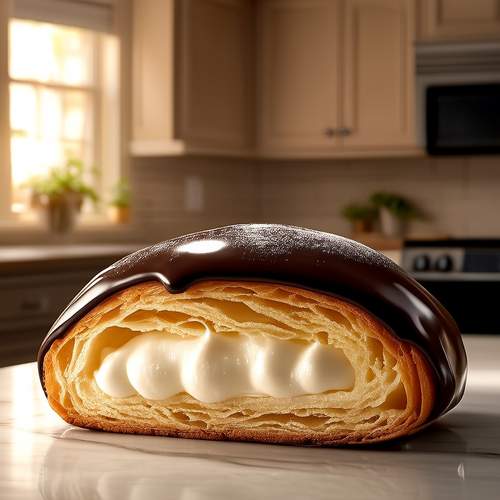
By /May 26, 2025
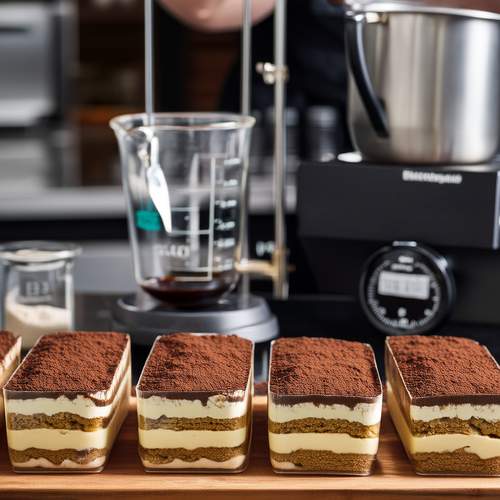
By /May 26, 2025
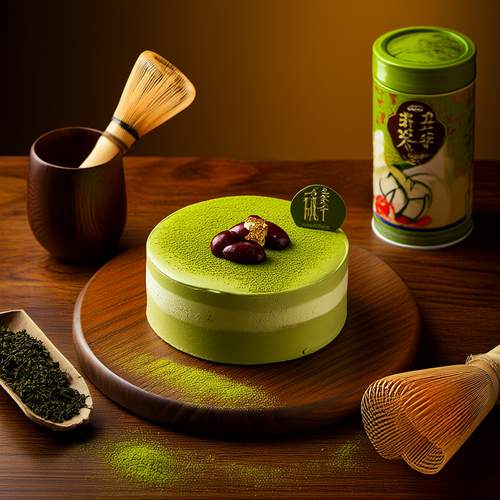
By /May 26, 2025
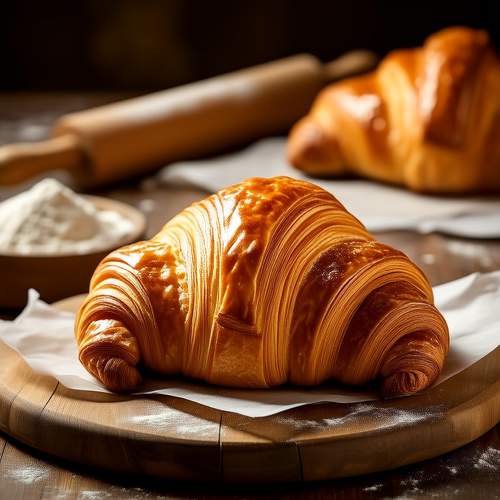
By /May 26, 2025

By /May 26, 2025

By /May 26, 2025
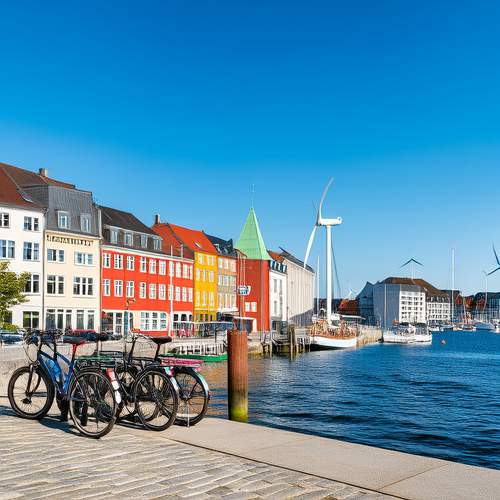
By /May 26, 2025
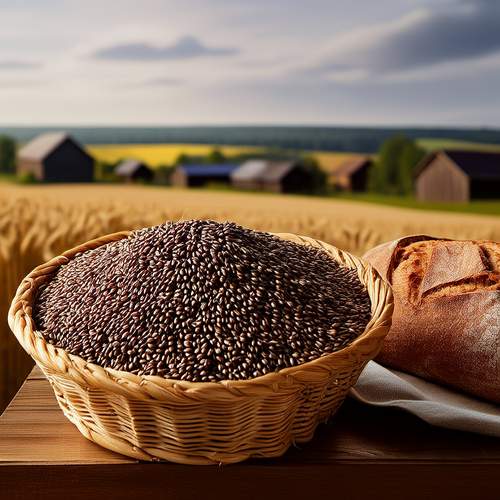
By /May 26, 2025
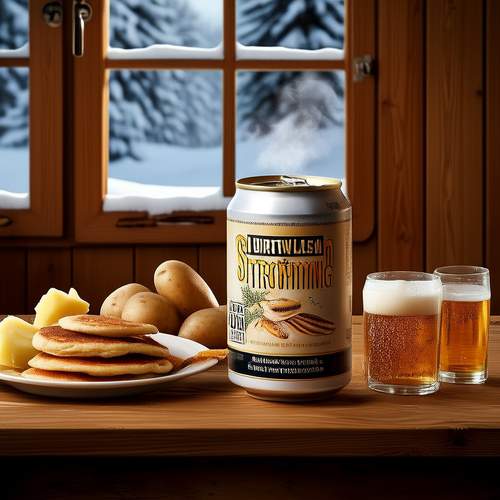
By /May 26, 2025
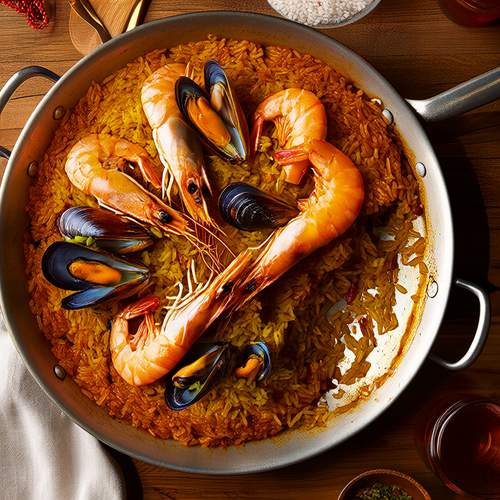
By /May 26, 2025
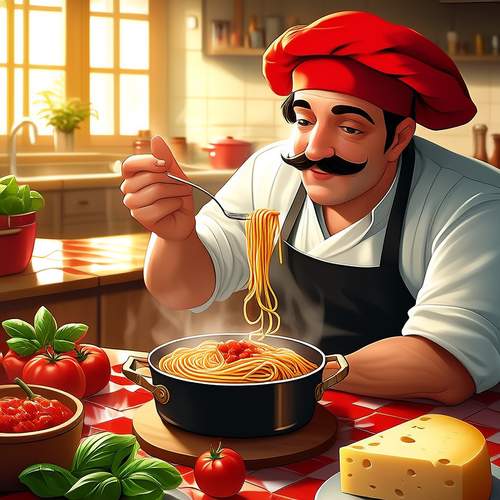
By /May 26, 2025
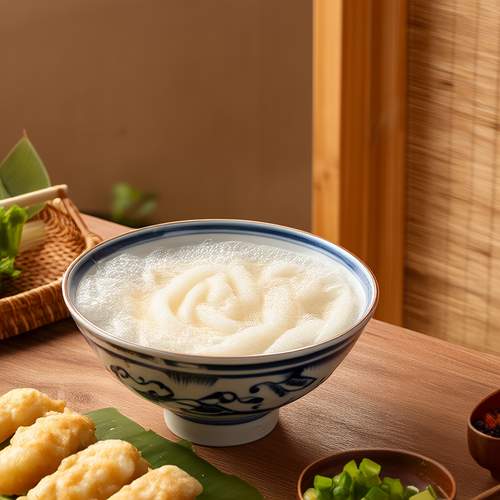
By /May 26, 2025
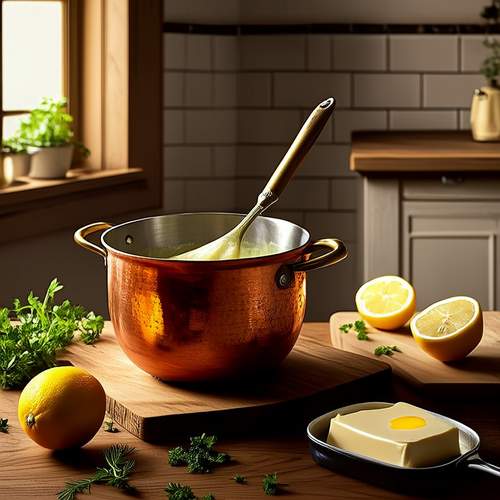
By /May 26, 2025

By /May 26, 2025

By /May 26, 2025
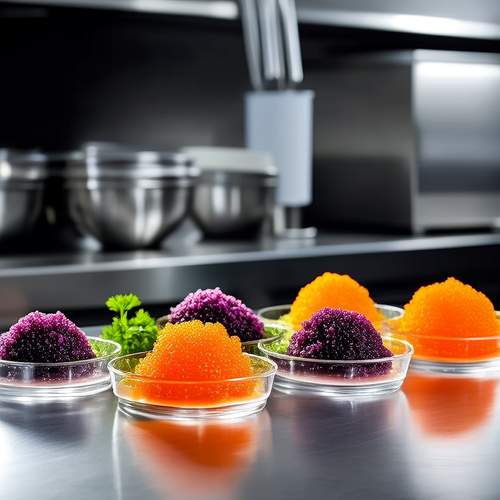
By /May 26, 2025
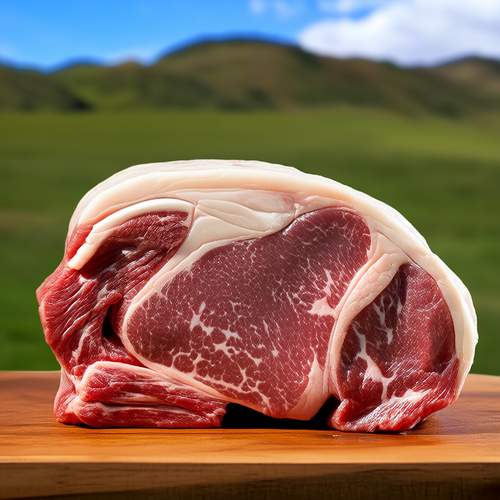
By /May 26, 2025
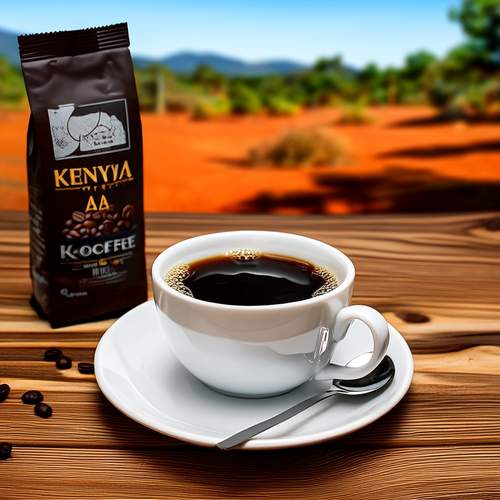
By /May 26, 2025
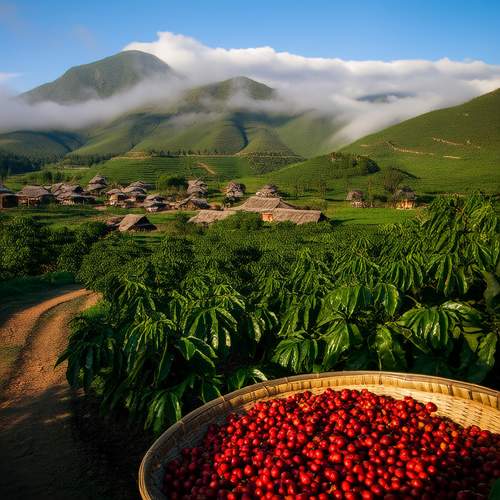
By /May 26, 2025